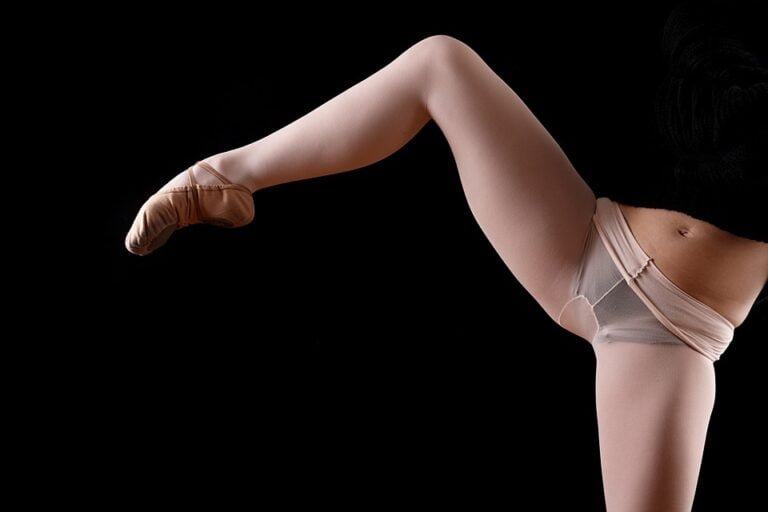
[ad_1]
Proper form in lifting
Lifting weights and performing resistance exercises is a great way to strengthen your muscles and improve your overall health and fitness. However, it’s crucial to use proper form in lifting to avoid injury and get the most out of your workouts. Whether you’re a beginner or an experienced lifter, it’s important to focus on the correct techniques for lifting to ensure your safety and effectiveness. In this article, we’ll discuss the importance of proper form in lifting, provide tips for maintaining good form, and address common questions and concerns about lifting technique.
Importance of proper form in lifting
Using proper form in lifting is essential for several reasons. First and foremost, it helps prevent injuries. Lifting with improper form can put unnecessary strain on your muscles and joints, leading to sprains, strains, and other types of injuries. By using correct lifting technique, you can minimize your risk of injury and keep your body safe during workouts. Additionally, proper form allows you to target the intended muscles more effectively. When you use the right form, you engage the specific muscles you’re trying to work, leading to better results and overall muscle development. Good form also ensures that you’re getting the most out of each repetition, maximizing the benefits of your workout.
Tips for maintaining good form
Maintaining proper form in lifting involves paying attention to your body position, movement, and breathing throughout the exercise. Here are some tips for maintaining good form while lifting:
- Start with a proper warm-up: Before starting your lifting routine, it’s important to warm up your muscles and prepare your body for the upcoming workout. A brief cardio warm-up, dynamic stretches, and light-weight sets of the exercise you plan to perform can help prepare your body for lifting.
- Focus on posture and alignment: Keeping a neutral spine, square shoulders, and engaged core during lifting exercises can help prevent injuries and ensure the target muscles are engaged.
- Control the movement: Avoid using momentum or jerking movements while lifting. Instead, focus on controlled and deliberate movements to engage the muscles properly.
- Breathe properly: Don’t hold your breath while lifting. Inhale during the eccentric (lowering) phase of the exercise and exhale during the concentric (lifting) phase to maintain proper breathing and provide oxygen to your muscles.
- Use appropriate weights: A common mistake is using weights that are too heavy, leading to compensations in form that can contribute to injuries. Choose weights that challenge you without sacrificing form.
Frequently Asked Questions (FAQs)
What are the most common lifting mistakes?
The most common lifting mistakes include using too much weight, rounding the back, using momentum to heave weights, and not using a full range of motion. These mistakes can increase the risk of injury and decrease the effectiveness of the workout.
How can I tell if I’m using proper form?
Consider working with a certified fitness trainer to evaluate your form, or film yourself performing the exercises and review the footage. You can also pay attention to how your body feels during and after the exercise – if you’re experiencing pain or discomfort in areas other than the target muscles, you may need to adjust your form.
Should I lift slowly or quickly?
The ideal lifting speed depends on the exercise and your fitness goals. In general, it’s best to perform the lifting phase of an exercise at a moderate speed (about 2 seconds) and the lowering phase at a slightly slower speed (about 3 seconds). Avoid rushing through the movements, as it can compromise form and increase the risk of injury.
Is it okay to hold my breath during lifting?
No, it’s not okay to hold your breath while lifting. Holding your breath can increase blood pressure and reduce oxygen to your muscles, creating unnecessary stress on your body. Remember to breathe rhythmically throughout the exercise to support your body and maintain proper form.
What should I do if I feel pain while lifting?
If you experience sharp or intense pain while lifting, stop the exercise immediately. Pain during lifting is a sign of poor form or an underlying injury, and continuing the exercise can worsen the situation. Take a break, evaluate your form, and seek guidance from a fitness professional if necessary.
How important is it to cool down after lifting?
Cooling down after lifting is crucial for promoting blood circulation, reducing muscle soreness, and preventing injury. It’s recommended to perform light cardio, stretching, and foam rolling exercises to help your muscles recover and relax after a lifting session.
Conclusion
In conclusion, proper form in lifting is essential for maximizing the benefits of your workouts while minimizing the risks of injury. By focusing on correct techniques, posture, movement, and breathing, you can ensure a safe and effective lifting experience. Whether you’re lifting weights for strength training, bodybuilding, or general fitness, prioritizing good form will help you achieve your fitness goals while maintaining a healthy body. If you have any concerns about your lifting techniques, don’t hesitate to consult with a fitness professional for guidance and support.
External Link: Mayo Clinic – Weight training: Improve your muscular fitness
[ad_2]